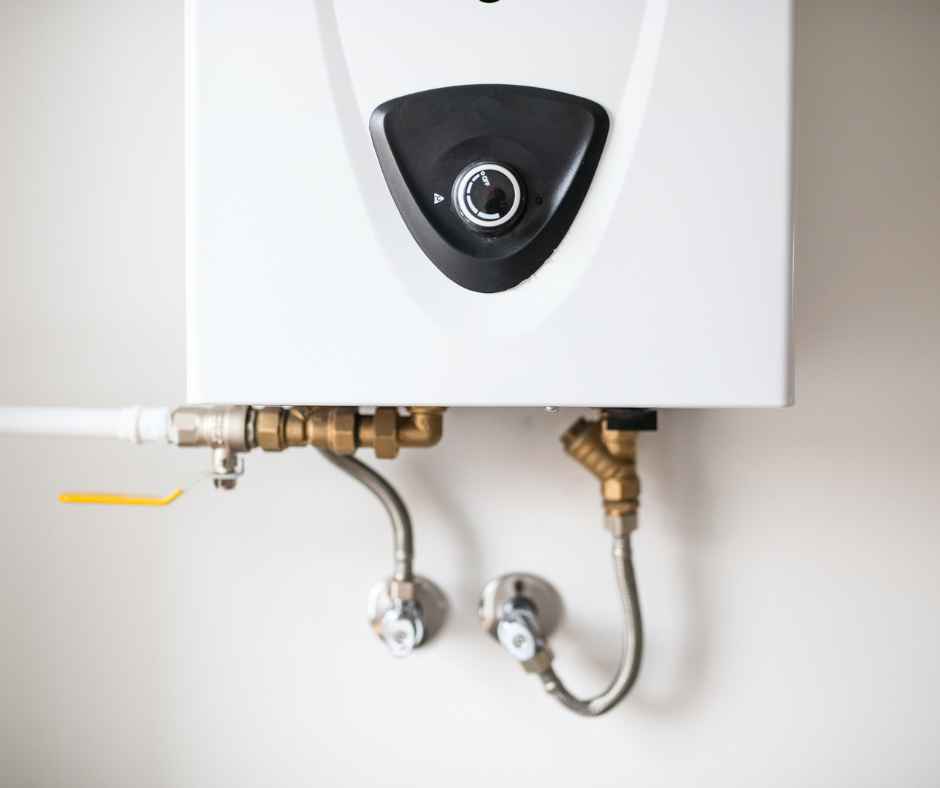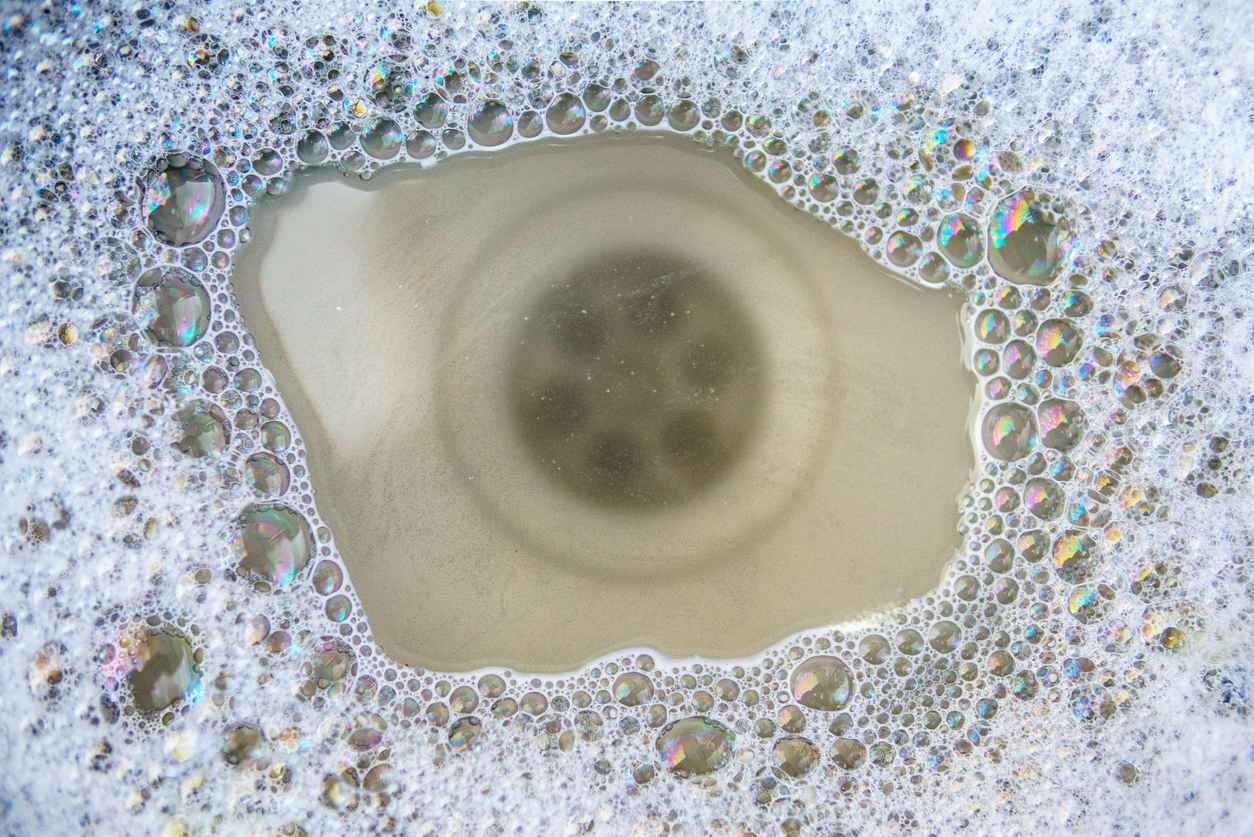Ever faced the relentless drip-drip of a leaky faucet? It’s like a ticking clock, counting down to an inevitable annoyance. Most homeowners shrug it off as just another item on their never-ending “to-do” list. Yet, here’s something that might catch your attention: nearly 1 trillion gallons of water are wasted each year in the United States alone due to household leaks. Astonishing, isn’t it?
The truth is, fixing that seemingly innocent leak could be more impactful than you think. Not only does it whisper tales of water conservation, but it also hints at dodging potential disasters hidden within your walls.
A dripping faucet isn’t merely about water going down the drain; it’s about understanding when simplicity veils complexity.
Table Of Contents:
- The Environmental Impact of Leaky Faucets
- Identifying the Culprit Behind Your Leaky Faucet
- DIY Fixes for the Common Dripping Faucet
- Preventative Measures to Avoid Future Leaks
- When to Call a Professional Plumber
- Choosing the Right Replacement Parts at Your Local Hardware Store
- The Hidden Dangers of Ignoring a Leaky Faucet
- Step-by-Step Guide to Fixing Various Types of Faucets
- Conclusion
The Environmental Impact of Leaky Faucets
A single dripping faucet might seem like a minor annoyance, but it can have a significant impact on water conservation efforts and the environment. When you multiply that one leaky faucet by the millions of households across the country, the amount of water wasted is staggering. This wasted water puts a strain on local water supplies and contributes to environmental degradation. It’s a problem that often goes unnoticed, but it’s one that we can all play a part in fixing.
The Staggering Numbers Behind Water Waste
The statistics behind water waste due to leaky faucets are shocking. In the United States alone, nearly 1 trillion gallons of water are wasted every year due to leaks. To put that into perspective, that’s enough water to fill over 1.5 million Olympic-sized swimming pools. And it’s not just a problem in the U.S. – it’s a global issue. A single leaky faucet, dripping at a rate of one drip per second, can waste over 3,000 gallons of water per year. That’s enough water to take more than 180 showers. Now, imagine that 10% of homes have leaks that waste 90 gallons or more per day. That’s a lot of water going down the drain, quite literally.
How Dripping Faucets Affect Local Water Supplies
The water wasted from leaky faucets isn’t just a number – it has real consequences for local water supplies. Many areas of the country are already experiencing water shortages, and the added strain of water waste can exacerbate these issues. In drought-prone areas, every drop of water counts. Wasted water from leaky faucets can lead to even more severe water restrictions and increased costs for consumers. Moreover, the energy used to pump, treat, and heat the wasted water also goes to waste, leading to unnecessary greenhouse gas emissions. This cycle is like a never-ending loop, messing with our water supply, gobbling up our energy resources, and throwing the climate out of balance.
Identifying the Culprit Behind Your Leaky Faucet
So, you’ve noticed a leak in your faucet. Before you can fix it, you need to identify the source of the problem. There are several common culprits behind leaky faucets, and knowing what to look for can help you diagnose the issue quickly. Compression faucets are the most common type of faucet found in older homes. They use rubber washers to seal the valve seat and control water flow. After a while, these washers might wear out or pop out of place, which can cause leaks. If you have a compression faucet, the first thing to check is the rubber washer. If it’s worn out or not seating properly, it will need to be replaced. You may also need to replace the valve seat if it’s corroded or damaged. Another common issue with compression faucets is a worn-out valve stem. The valve stem connects the handle to the faucet and controls the flow of water. If it becomes worn or stripped, it can cause leaks around the handle.
The Intricacies of Cartridge Faucet Leaks
Cartridge faucets, a fresher face in the faucet family, rely on a cartridge system to manage how water flows. While they are generally more durable than compression faucets, they can still develop leaks over time. The most common cause of leaks in cartridge faucets is a worn-out cartridge. The cartridge contains small rubber seals that can deteriorate with age and use, allowing water to seep through. If you suspect a cartridge issue, the first step is to remove the cartridge and inspect it for signs of wear. If the seals are visibly worn or damaged, the cartridge will need to be replaced. Another potential issue with cartridge faucets is a buildup of mineral deposits. Over time, hard water can leave behind deposits that can interfere with the proper function of the cartridge. Regular cleaning and maintenance can help prevent this issue.
DIY Fixes for the Common Dripping Faucet
If you’re handy around the house, fixing a leaky faucet can be a relatively easy DIY project. With a few basic tools and a little know-how, you can have your faucet back in working order in no time.
Tools You’ll Need Before You Begin
Before you start your faucet repair, make sure you have the right tools on hand. Here’s what you’ll need:
- Adjustable wrench
- Flathead and Phillips head screwdrivers
- Needle-nose pliers
- Replacement parts (washers, O-rings, etc.)
- Teflon tape
- Utility knife
You may also want to have a few old rags or towels on hand to clean up any water spills. And don’t forget to turn off the water supply before you begin. Once you have your tools gathered, you’re ready to start your repair. The specific steps will vary depending on the type of faucet you have, but the general process is similar. For compression faucets, you’ll need to remove the handle, unscrew the nut, and replace the rubber washer. For cartridge faucets, you’ll need to remove the handle and decorative cap, pull out the cartridge, and replace the O-rings or the entire cartridge if necessary. If you get stuck or aren’t sure what to do next, don’t hesitate to consult a professional plumber. They’re your go-to for pinpointing what’s wrong and getting those repairs done without a hitch.
Preventative Measures to Avoid Future Leaks
While fixing a leaky faucet is a relatively simple task, preventing future leaks is even easier. With a few simple maintenance tips, you can keep your faucets in top shape and avoid the hassle of repairs down the line.
Regular Cleaning and Maintenance Tips
One of the best ways to prevent leaks is to keep your faucets clean and well-maintained. Here are a few tips to keep in mind:
- Clean your faucets regularly with a soft cloth and mild soap. Doing this can stop those pesky mineral deposits from gathering and will make sure your faucets stay gleaming, just like new.
- If you notice mineral deposits starting to form, soak a cloth in white vinegar and wrap it around the affected area. Leave it on for a few hours, then wipe clean with a soft scouring pad.
- Replace washers and O-rings as needed. If you notice any signs of wear or damage, it’s best to replace these parts before they cause a leak.
- Apply a thin layer of plumber’s grease to the threads of your faucet handles. This will help prevent corrosion and make them easier to turn.
By following these simple maintenance tips, you can extend the life of your faucets and prevent leaks before they start. And if you do notice a leak, don’t ignore it – the sooner you address the issue, the less water you’ll waste and the less damage you’ll have to deal with down the line.
Key Takeaway:
Leaky faucets waste a ton of water, straining resources and the environment. But with some basic tools and know-how, you can tackle most leaks yourself. Keep your faucets clean to prevent future issues. When in doubt, call a pro.
When to Call a Professional Plumber
Sometimes, a leaky faucet is just too much to handle on your own. You’ve tried everything – replacing washers, O-rings, even the entire cartridge. But that drip, drip, drip just won’t quit. Don’t beat yourself up over it. Some leaks are beyond the scope of DIY repairs. If the problem persists after you’ve given it your best shot, it’s time to call in the pros. A licensed professional plumber has the tools, expertise, and experience to tackle even the most stubborn leaks. They’re wizards at pinpointing the tricky problems, whether it’s corrosion eating away at valve seats, plumbing pipes that have seen better days, parts that just won’t stay put, or seals that are more worn-out than a pair of old sneakers – all culprits behind that annoying drip from your faucet.
Choosing the Right Replacement Parts at Your Local Hardware Store
Let’s say you’ve decided to take on the leaky faucet challenge yourself. You’ve identified the problem and you’re ready to buy replacement parts. But when you step into your local hardware store, you’re faced with a dizzying array of options. Don’t panic. Cracking the code means figuring out your faucet type and pinpointing exactly which parts you’ll need. Is it a compression faucet? Cartridge? Ceramic disk? Each type requires different components. If possible, bring the old, worn-out parts with you to the store. That way, you can find an exact match or a compatible replacement kit. Don’t be afraid to ask for help from the store associates – they’re there to guide you through the selection process.
The Hidden Dangers of Ignoring a Leaky Faucet
It’s just a little drip, right? No big deal. You’ll get around to fixing it eventually. But here’s the thing: ignoring a leaky faucet can lead to some serious consequences down the road. First and foremost, you’re wasting water – and money. A single drip per second can add up to over 3,000 gallons per year. That’s not just environmentally irresponsible; it’s a hit to your wallet. But the risks go beyond your utility bills. Constant moisture from a leaking faucet can lead to mold and mildew growth, which can cause respiratory issues and other health problems. If you don’t tackle it in time, that drip can wreak havoc on your sink, countertops, and cabinets before you know it. The lesson here? Don’t let a little drip turn into a big problem. Address leaky faucets promptly to avoid the hidden dangers lurking beneath the surface.
Step-by-Step Guide to Fixing Various Types of Faucets
Ready to tackle that leaky faucet head-on? Here’s a step-by-step guide for fixing the most common types of faucets:
Compression Faucets
- Turn off the water supply and plug the drain.
- Remove the decorative cap and handle screw, then pull off the handle.
- Unscrew the nut and remove the stem.
- Replace the seat washer and O-ring.
- Reassemble the faucet and test for leaks.
Cartridge Faucets
- Shut off the water and remove the handle.
- Pull out the retaining clip and the old cartridge.
- Insert the new cartridge and secure it with the clip.
- Replace the handle and turn the water back on.
Ceramic-Disk Faucets
- Turn off the water supply and remove the handle.
- Unscrew the escutcheon cap and disk cylinder.
- Clean the cylinder openings and replace the seals.
- Reassemble the cylinder, cap, and handle.
Remember, the key to a successful faucet repair is patience, the right tools, and attention to detail. Take your time, double-check your work, and don’t be afraid to call a professional if you get stuck. With this step-by-step guide and a little elbow grease, you’ll be able to fix that leaky faucet and enjoy the sweet sound of silence – no more drip, drip, drip.
Key Takeaway:
Struggling with a leaky faucet? Don’t worry. Whether you’re tackling it yourself or calling in the pros, knowing when to seek help and how to choose the right parts can save you time, money, and avoid further damage. Remember, ignoring a small drip can lead to bigger problems like mold and water waste. So grab your tools (or phone) and get started—your sink will thank you.
Conclusion
So, we’ve journeyed through the ins and outs of a leaky faucet, unraveling its environmental impact, pinpointing causes, exploring DIY fixes, preventive strategies, knowing when to call in the pros, choosing replacement parts wisely and recognizing the dangers of neglect. It’s been quite the adventure from that first annoying drip to empowering you with knowledge and tools.
The truth is far simpler than it appears; fixing a leaky faucet does more than just silence an irritating sound—it conserves precious water resources and saves your home from potential damage. Armed with this guide, you’re not just tackling plumbing issues; you’re becoming part of a larger movement towards sustainability and mindfulness about our planet’s future.
So, this goes way beyond just fixing leaky taps; it’s about stepping up and tackling the things we can actually control. With every twist of a wrench or replacement of a washer, remember: small steps lead to big changes. So here’s to conquering those leaks—because every drop counts in shaping a better tomorrow.





